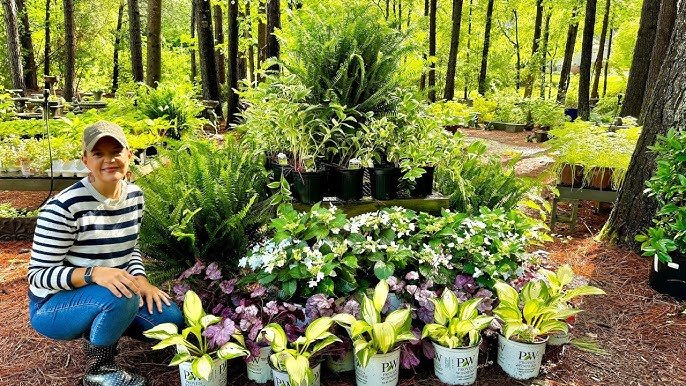Gardening is a delightful activity that offers a sense of accomplishment and a bounty of fresh produce. To enjoy a continuous harvest throughout the year, it’s essential to understand the principles of seasonal gardening. By planning and adapting to the changing seasons, you can ensure your garden thrives no matter the weather. Here are some tips and tricks for achieving a year-round harvest.

Plan Your Garden
Successful seasonal gardening begins with careful planning. Map out your garden space and decide what crops you want to grow based on their growing seasons. Create a planting calendar that outlines when to sow seeds, transplant seedlings, and harvest crops. Consider the climate and growing zone of your region to choose suitable plants for each season. Planning ahead helps you make the most of your garden space and ensures a steady supply of fresh produce.
Spring Gardening
Spring is the perfect time to start planting cool-season crops. As the weather warms up, you can begin sowing seeds for vegetables like lettuce, spinach, peas, and radishes. These crops thrive in the mild temperatures of spring and can be harvested before the summer heat sets in. Early spring is also a great time to start growing herbs like cilantro, parsley, and dill. Be sure to prepare your garden beds by adding compost and ensuring good soil drainage.
Summer Gardening
Summer is the season of abundance in the garden. Warm-season crops like tomatoes, peppers, cucumbers, and zucchini thrive in the long days and high temperatures. Plant these crops after the last frost date to ensure they have plenty of time to mature. To keep your garden productive throughout the summer, practice succession planting. This involves planting new crops every few weeks to replace those that have been harvested. Additionally, consider using mulch to retain soil moisture and prevent weeds.
Fall Gardening
As the temperatures begin to cool, it’s time to transition to fall gardening. Plant cool-season crops such as kale, broccoli, carrots, and beets, which can tolerate the cooler weather and even improve in flavor after a light frost. Fall is also an excellent time to plant garlic and onions for an early spring harvest. Extend your growing season by using row covers or cold frames to protect your plants from early frosts. Fall gardening allows you to continue enjoying fresh produce well into the colder months.
Winter Gardening
Winter gardening may seem challenging, but with the right techniques, you can still harvest fresh produce. Choose cold-hardy crops like spinach, Swiss chard, and Brussels sprouts that can withstand freezing temperatures. Use cold frames, hoop houses, or greenhouses to create a microclimate that protects your plants from harsh weather. Another option is indoor gardening, where you can grow herbs, microgreens, and salad greens on a sunny windowsill or under grow lights. Winter gardening ensures you have fresh, homegrown produce even during the coldest months.
Utilize Season Extenders
Season extenders are tools and techniques that help you prolong your growing season and protect your plants from extreme weather. Row covers, cold frames, and hoop houses provide insulation and create a warmer microclimate for your crops. Mulching helps regulate soil temperature and retain moisture. Using these methods can give you an early start in spring and extend your harvest into late fall and winter. Season extenders are especially valuable for gardeners in regions with short growing seasons.
Practice Crop Rotation
Crop rotation is a crucial practice in seasonal gardening that helps maintain soil health and prevent pest and disease buildup. Rotate your crops each year so that the same plant family is not grown in the same spot for consecutive seasons. This practice reduces the risk of soil depletion and interrupts the life cycles of pests and diseases. For example, follow a planting sequence of legumes (which fix nitrogen), followed by leafy greens, root vegetables, and fruiting crops.
Embrace Companion Planting
Companion planting is a technique where certain plants are grown together to benefit each other. For example, planting marigolds with tomatoes can deter pests, while beans can fix nitrogen in the soil for heavy-feeding crops like corn. Companion planting helps improve plant health, increase yields, and reduce the need for chemical interventions. By understanding the beneficial relationships between different plants, you can create a more resilient and productive garden.
Conclusion
In conclusion, seasonal gardening is a rewarding way to enjoy a continuous harvest throughout the year. By planning your garden, selecting appropriate crops for each season, and utilizing season extenders, you can keep your garden productive and thriving no matter the weather. Embrace the principles of crop rotation and companion planting to enhance soil health and plant vigor. With these tips and tricks, you’ll be well on your way to achieving a bountiful year-round harvest.











